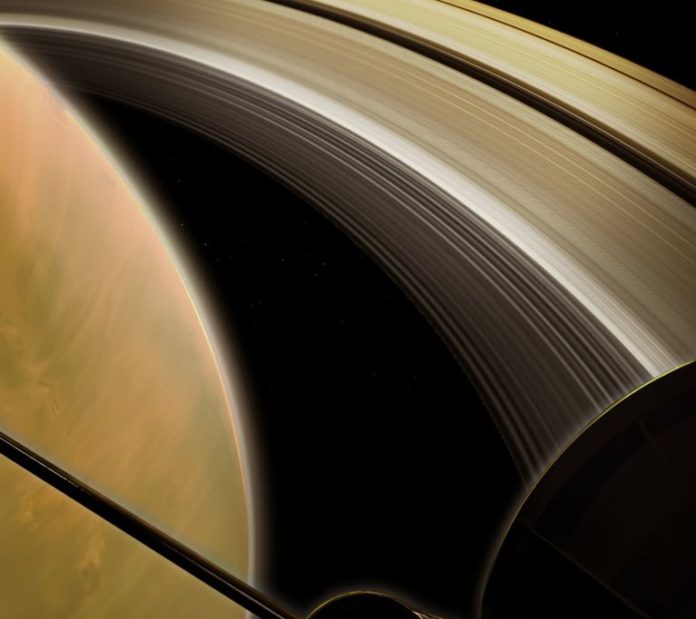Based on images from Cassini, models of the ring particle environment in the approximately 2,000-kilometer-wide region between Saturn and its rings suggests that the area would not have large particles that would pose a danger to the spacecraft. The team’s analysis suggests Cassini only encountered a few particles as it crossed the gap. Added to this, no particle was larger than those in smoke (about 1 micron across).
With this information in hand, the Cassini team will now move forward with its preferred plan of science observations.


























